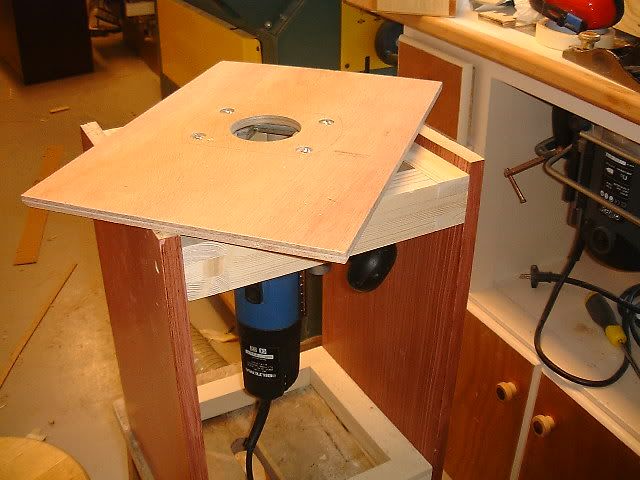mac1012
Established Member
heres a couple of clocks i started yesterday one maple and the other utile , cut on the hegner and routered recess for clock movement.
I am looking at putting a concaved radius the maple one and a grooved radius on the utile one.
i want a router table and another router to make profiling easier but budget wont allow at moment.
i think ive worked out how to do the concaved radius with a bearing guided cutter and the grove around the face of utile clock using the edge guide.
my concern is starting of on the edge of wood with bearing cutter and getting into position to connect with edge of wood when hand held any tips ??



I am looking at putting a concaved radius the maple one and a grooved radius on the utile one.
i want a router table and another router to make profiling easier but budget wont allow at moment.
i think ive worked out how to do the concaved radius with a bearing guided cutter and the grove around the face of utile clock using the edge guide.
my concern is starting of on the edge of wood with bearing cutter and getting into position to connect with edge of wood when hand held any tips ??









































